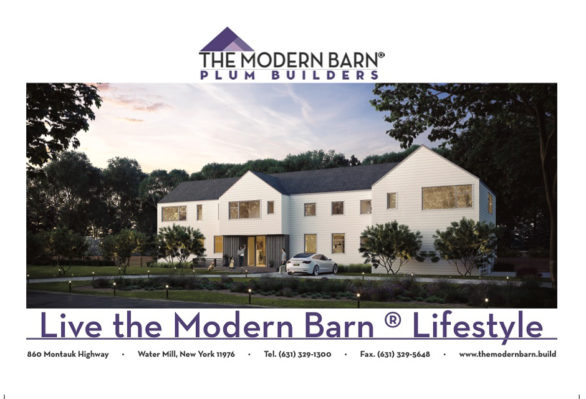I’ve written about Barn Swallows before – about how they send a scout in mid-April to check out their old nesting site and within a week or so bring back several dozen others to start the cycle of rebuilding nests, laying eggs and feeding babies once again. But they are such a graceful, easily recognizable and common bird that they call for more attention. These beautiful songbirds mate for life and return to the same location to nest with unerring regularity.
—–
Barn Swallows are the most abundant and widely distributed swallow species in the world, breeding throughout the Northern Hemisphere and spending the winter in much of the Southern Hemisphere.
—–
True to their name, Barn Swallows now nest almost exclusively on man-made structures such as under bridges, on house eaves, or in buildings. There must be at least 20 nests in our barn. Upon arrival, some older nests will be rejected, and the birds busy themselves repairing usable nests and building new ones. This is fascinating!
—–
Males and females both participate in constructing the shallow cup of mud pellets and grasses (made by rolling beaks-full of dirt in the bird bath or in a puddle) and lining it with feathers. I’ve always been intrigued by the feathers – where do they find them? We often see chicken and duck feathers on the barn floor (we don’t live far from the last remaining duck farm on the East End, Crescent Duck Farm), and even the occasional owl feather. If an old nest is reused, the old feathers will be discarded. In a nesting colony, birds may steal nest-lining materials from their neighbors.
——————-
![]()

![]()
